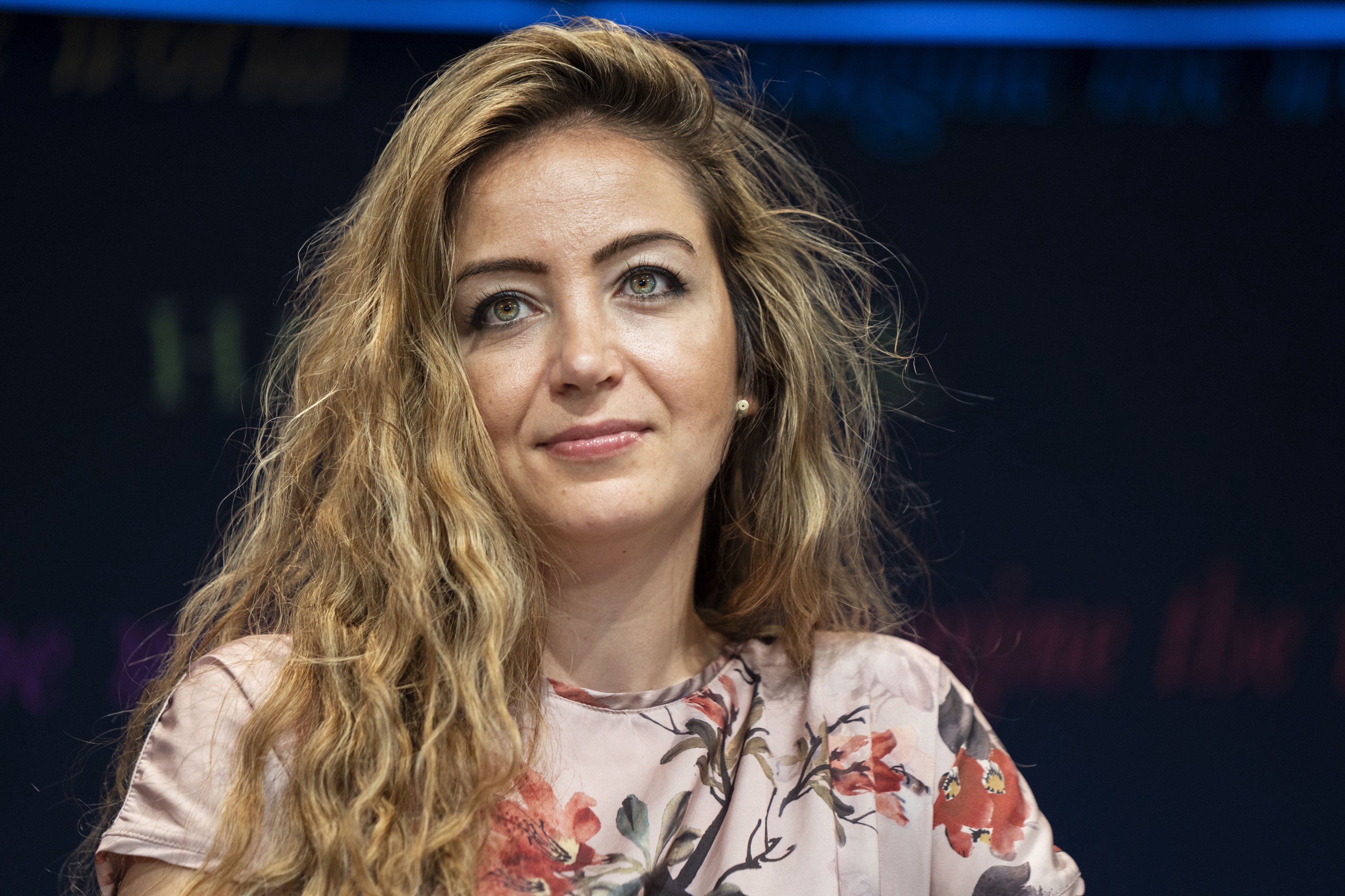صحفية سوريّة ونسوية٫ أعمل كمستشارة تواصل ومدربة مع عدّة مؤسسات دولية، عملت قبلها مع معهد صحافة السلم والحرب IWPR والبي بي سي وشبكات من أجل التغيير وغيرها. درست الإعلام في جامعة دمشق والترجمة في جامعة التعليم المفتوح بدمشق أيضاً. بدأت عملي الصحفي مع موقع “سيريانيوز” عام ٢٠٠٤ قبل أن انتقل للعمل مع قناة المشرق “الأورينت” منذ تأسيس مكتبهم في دمشق إلى أن أغلقته المخابرات السورية عام ٢٠٠٨. بدأت عندها بالعمل مع جريدة الحياة. عام ٢٠١٠ حصلت على منحة من وزارة الخارجية البريطانية لدراسة الماجستير في المملكة المتحدة (تشيفنيغ)٫ ودرست الماجستير في مجال الإعلام الدولي (المرئي والمسموع) من جامعة سيتي في لندن، عملت بعدها في تلفزيون بي بي سي العربي لعام٫ قبل أن أعود لسوريا لأدرب أكثر من مئة ناشط وناشطة إعلامية.
Award winning Syrian journalist and feminist, working as a communications expert and trainer with many international NGOs, before, Zaina worked with the Institute for War and Peace Reporting, BBC, Networks for Change and others. Has trained more than 100 media activists on journalism basics and made 2 series of short films about Syrian women, and participated in four books about journalism and women. Zaina was named among the 100 Most Powerful Arab Women 2016 by Arabian Business and Unsung heroes of 2016 by Reuters Thomson. ٍReceived Index on Censorship, Freedom of Expression award in 2016, Press Freedom Prize by Reporters Without Borders and Peter Mackler Award for Ethical and Courageous Journalism in 2015 beside Mustafa Al Husaine award for the best article written by a young journalist.
المقالة السابقة
المقالة التالية
